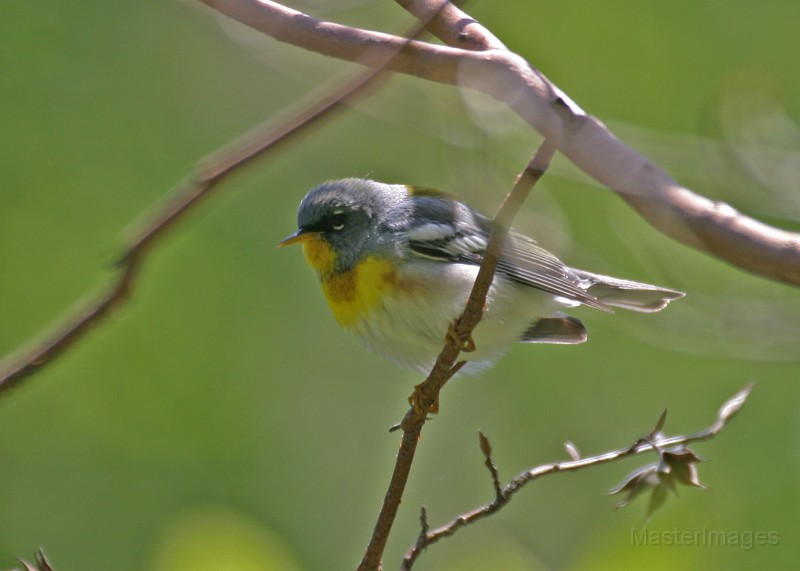
Lots of Warblers and so much more
Starting at The Wild Center
My day surveying boreal birds began at the oxbow at The Wild Center in Tupper Lake where my short hike was highlighted by a few Alder Flycatchers, a Black-throated Blue Warbler, and a beautiful male Black-and-white Warbler. But my walk on the museum trails was just the warm-up to my hike along the trail to Low’s Upper Dam. And so Wren and I bounced along Route 421 skirting the fringe of Horseshoe Lake, and crossing the railroad tracks at the dogleg in the road before waiting for the GPS to tell us that we were approaching the beginning of our route.
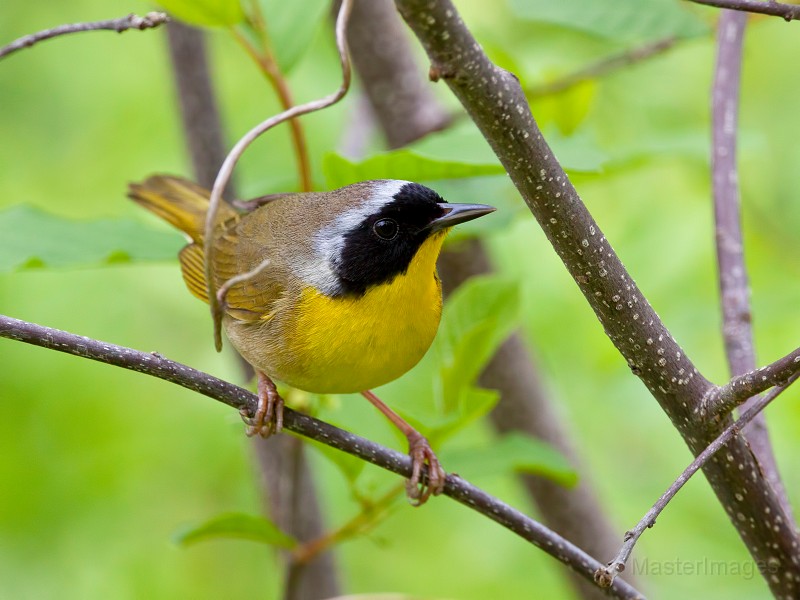
Hitchins Bog
As we reached the boreal habitat which would characterize much of our morning, I almost immediately found Red-breasted Nuthatch, Alder Flycatcher, and Nashville, Magnolia, Yellow-rumped, and Canada Warblers. A short while later I heard my first Yellow-bellied Flycatcher of the day and I was soon adding Golden-crowned Kinglet, Purple Finch, Blue-headed Vireo, Hermit Thrush, and a string of warblers - such as Northern Parula - which would soon number 15 species. The cool morning air was also accented by the haunting winnowing of a Wilson’s Snipe flying over Hitchins Bog in an attempt to win the heart of the females, and the spooky sound seemed to follow us along the road and trail as it was carried on the breeze.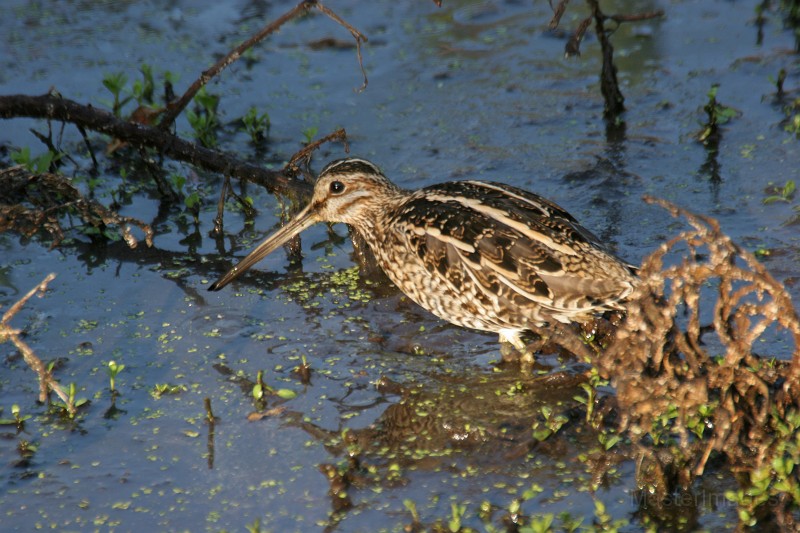
Much more troubling than the eerie quavering of the snipe was the humming din of mosquitoes which clouded the world around us, forcing us to jog stretches of the road and trail to achieve a moment of peace. Their menacing presence defined much of the morning as I covered up the remaining patches of exposed skin with gloves, a long-sleeved shirt, a windbreaker, and a head net. The mosquitoes made it difficult to focus and listen for birds, but I continued to find more and more songbirds and soon heard the distinct call of a Black-backed Woodpecker. A short distance further, I found a family group of Gray Jays which seemed curious about me, but they didn’t approach too closely or appear to look for handouts – perhaps they lost interest when I didn’t offer any. The sounds of other birds also managed to penetrate the cloud of mosquito buzz and while boreal birds were my focus, more deciduous stretches of habitat offered Hermit Thrush, Black-throated Green Warbler, Ovenbird, Great Crested Flycatcher, and White-breasted 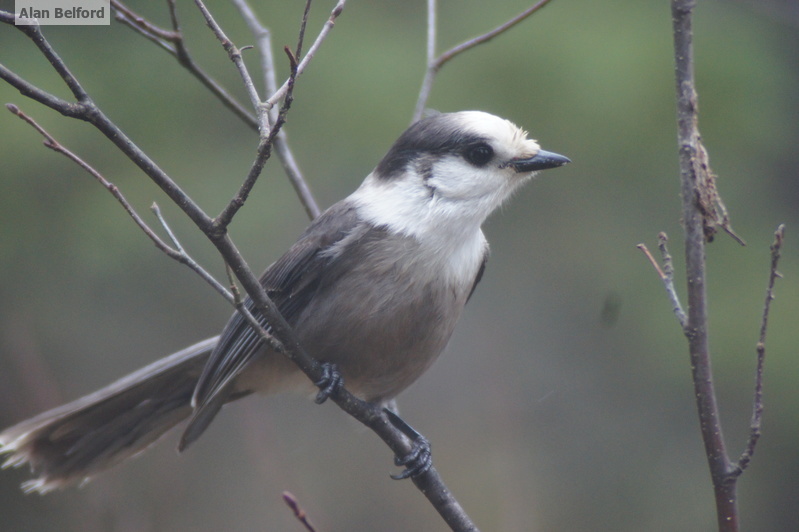 Nuthatch.
Nuthatch.
A Diversity of Species
As we walked past the yellow gate which blocks folks from driving to Low’s Upper Dam, we were immediately placed along the bog mat and the phalanx of conifers which defend its borders. Warblers like Nashville and Magnolia were seemingly everywhere and I soon heard Palm Warbler singing from the bog mat itself – their preferred breeding habitat. The trills of Lincoln’s Sparrows rang from across the mat, as did the sounds of wetland species less reliant on such boreal haunts – species like Red-winged Blackbird, Common Grackle, and Swamp Sparrow led us down the trail as well.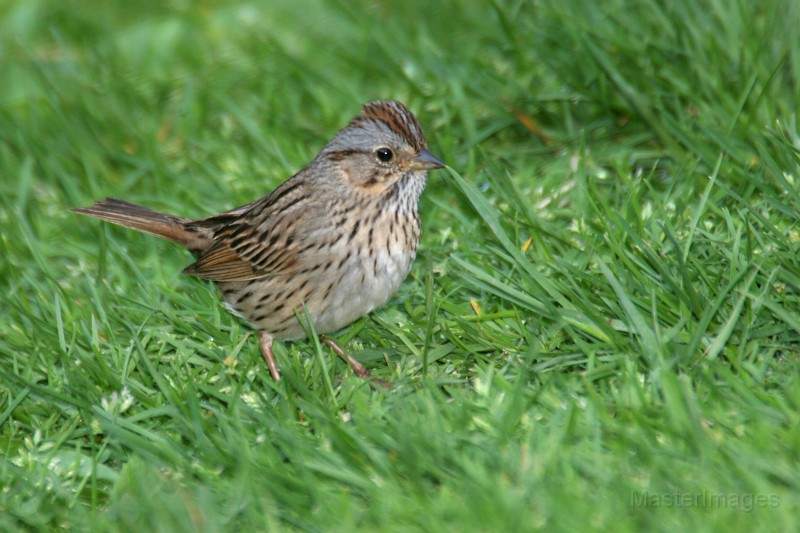
Of more interest than these, I also heard both Eastern Bluebird and Savannah Sparrow – two species characteristic of grasslands and open country which find bogs to be a suitable surrogate for their preferences. The edge created by the bog and trail is also good for species like Chestnut-sided Warbler, Common Yellowthroat, and Song Sparrow. All of this means that the varied habitats along the trail creates a diverse bird community, and we continued to enjoy it, adding species to our list despite the seemingly perpetual struggles with the mosquitoes. All I could really do was laugh at our plight – bugs are part of the deal in early summer up here and no one can explore the natural world of the Adirondacks at that time of year without feeling part of the landscape. And the insects do make it easier to stay awake after an early morning alarm!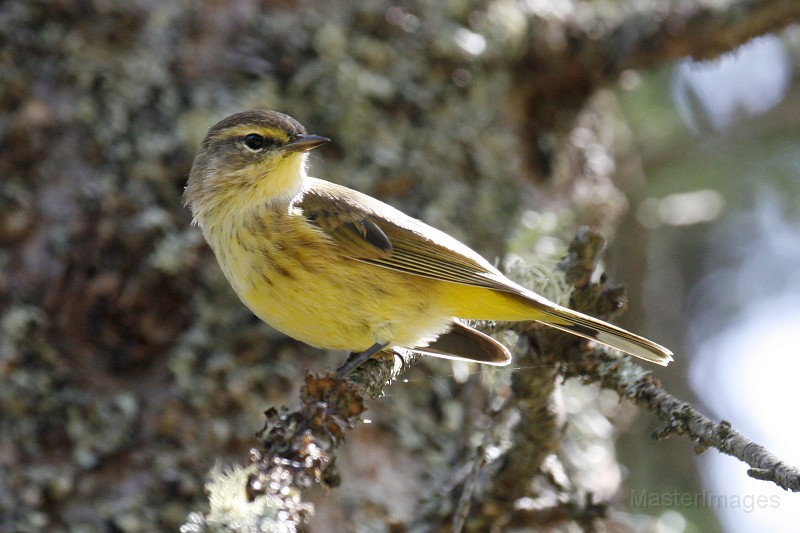
Despite the bugs, after I had finished the work I had set out to accomplish, we continued on to hear a bit more of the song from the bog and neighboring forest. We didn’t add many new species in this way but did manage some additional views of some of the birds, and we soon turned for a hasty walk to the car in order to get free of the menacing pests.
And, while boreal birds were the focus of the day, we made one last stop along Raquette River Road in Tupper Lake on our way back through town in order to look for the Sandhill Cranes which nested in the marsh again this year. There we bumped into a crew of birders enjoying the Adirondack Boreal Birding Festival, and we found not only the two adult cranes, but also two fluffy, yellowy-beige chicks – a great way to cap off our day.
Summer birding in the Adirondacks and North Country is amazing! Check out our outdoor recreation, lodging, and dining sites to learn more!
